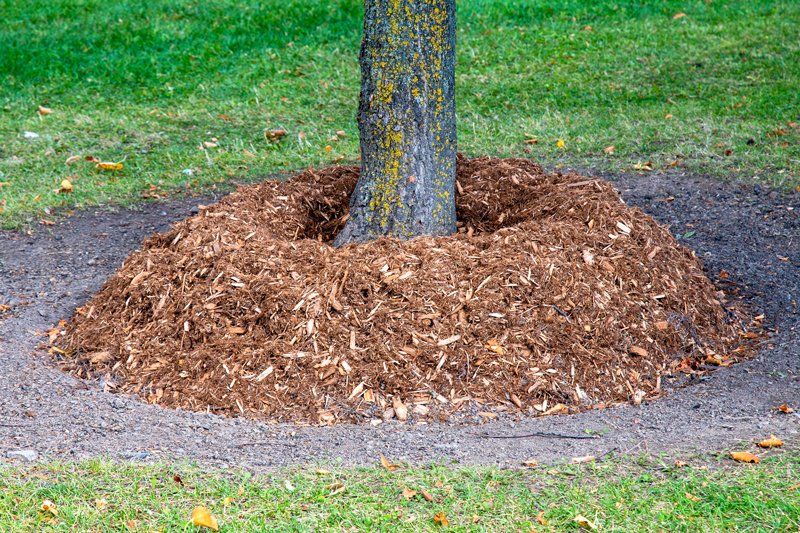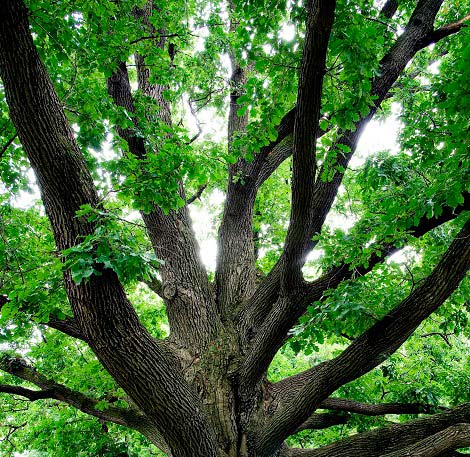Care Tips for the Graceful Live Oak
The arching branches of the live oak give it a majestic and unique appearance. If you desire a picturesque landscape in your Mississippi yard, the live oak is an excellent addition. Although the trees are robust enough to withstand various conditions, they require proper care to thrive. Read on to discover some care tips for the live oak.
Watering
Mature live oak trees are impressively drought-resistant, and excess water creates an ideal environment for pathogens. However, water is vital in the first few months as a young live oak establishes itself. Water the tree daily after planting, and wean it from water after a couple of seasons.
A drip system is a good way to water young live oak trees as it facilitates gradual watering. Moist winters provide sufficient water for adult live oaks, but you should supplement natural precipitation if you live in an area with dry winters or exceptionally dry summers.
Fertilization
Adding fertilizer to the base of a young live oak helps it acclimate to the environment. In natural conditions, a mature live oak doesn't require fertilization. However, if you have disturbed the area near your live oak, add some fertilizers to help the tree re-adjust to the landscape.
Fertilizer also supplies unhealthy trees with supplemental nutrients like nitrogen and potassium. If you suspect that your live oak does not get enough nutrients, have a tree expert test the soil. A slow-release fertilizer with the nutrients your live oak needs is enough to improve the tree's health.
Mulching eliminates weeds, retains moisture, and prevents the soil temperature from getting too hot in summer. However, the mulch shouldn't directly contact the live oak to avoid smothering the tree's roots. Ensure the mulch area is several feet away from the tree's base.
Pruning
You need to prune and trim live oak trees routinely to keep them healthy. Pruning is especially important when your oak tree is young to help the branches grow strong. Prune a young tree once a year and every five years after the tree is three years old.
Live oaks are dormant between July and December, which is a good time to prune. The goal of pruning is to train the tree to grow from a single stem, and you should prune out multiple leaders as a young oak grows. If left alone, lateral branches of a live oak can become so heavy to touch the ground. A regular pruning schedule controls the size of the branches and prevents the canopy from becoming too thick.
The live oak can grow thick canopies that obstruct air and light flow. In this case, contact a certified arborist for expert trimming. Keep in mind that live oak branches grow quite heavy and can injure amateur gardeners and damage property. Pruning a live oak is best left to skilled arborists with the necessary equipment.
Cabling
Live oaks can thrive for centuries and grow very heavy limbs. If the tree can no longer support the weight of big branches, many gardeners opt for tree removal. However, bracing and cabling reduce the stress on the tree's stem and preserve the limb. Have a certified arborist install a cabling system to prevent tree failure.
Pests and Diseases
Live oaks are generally free from major issues, but certain diseases may affect the tree's health. For example, root rot sets the live oak on a slow decline and manifests as honey-colored mushrooms near the tree's base. The solution is to remove the tree and dig out the root system.
Oak wilt is another problem with live oaks, where leaves wilt, brown, and crinkle. Oak wilt is often fatal, which is why a certified arborist should inspect the tree routinely.
The major problem with live oaks is the lack of pruning. Contact McClain's Tree Experts today for specialized trimming to maintain a lovely and healthy shade.




